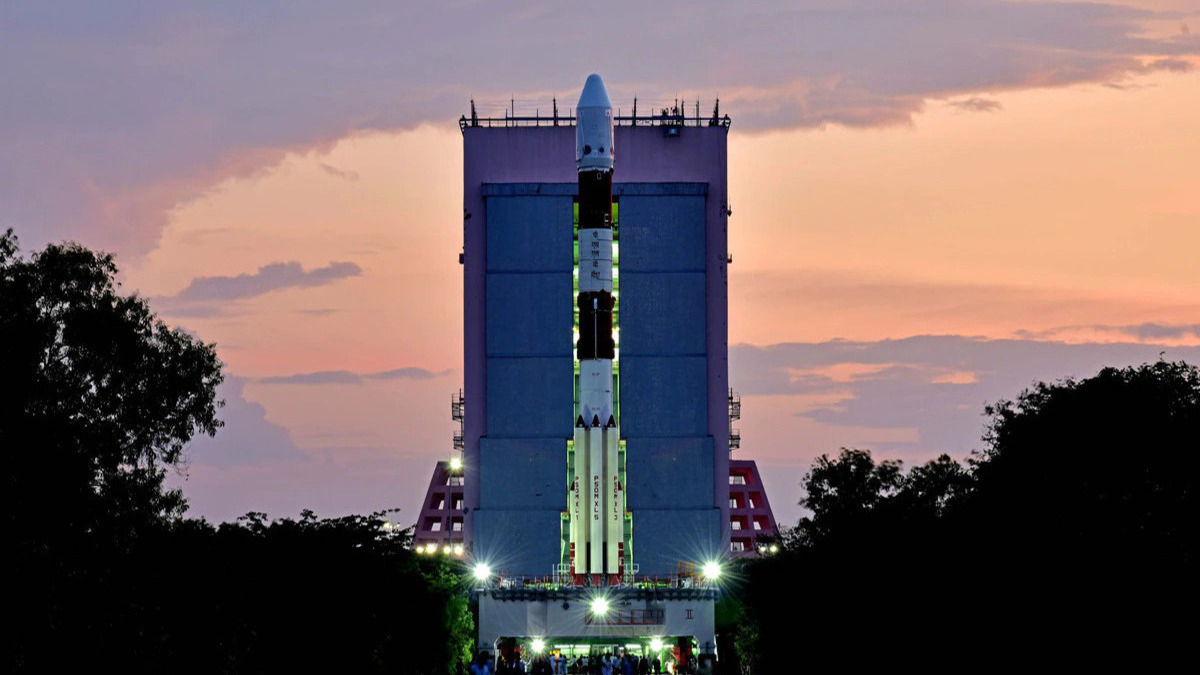Aditya-L1, India’s first solar mission, was launched on Saturday by the Indian Space Research Organization (ISRO) after the success of India’s moon landing.
Scientists applauded as the rocket trailed smoke and fire, as seen in a live webcast on the website of the Indian Space Research Organisation (ISRO).
Nearly 5,000,000 people tuned in to watch the launch, and hundreds more gathered at a viewing gallery near the launch site to see the probe’s ascent into space. The probe’s mission is to investigate the solar wind, which may disrupt Earth’s magnetic field and produce the auroras we see at night.
Aditya-L1 means “sun” in Hindi, and its launch comes after India beat Russia to the south pole of the moon late last month. India’s Chandrayaan-3 rocket was more durable than Russia’s Luna-25, and it successfully landed on the moon.
Over the course of four months, the Aditya-L1 spacecraft will travel around 1.5 million miles to a “parking lot” in space, where things prefer to remain there due to balancing gravity pulls, hence minimizing the spacecraft’s fuel consumption.
Lagrange Points are found at certain coordinates; the term was coined to honor the Italian-French mathematician Joseph-Louis Lagrange.
Energy particles generated by the sun may damage satellites that manage communications on Earth, therefore the project has the potential to create a “big bang in terms of science,” as stated by Somak Raychaudhury, who was engaged in the creation of several components of the observatory.
When a large amount of corona radiation hits a satellite, it may cause critical communications to fail. According to him, the Aditya L1 mission is crucial since low-Earth-orbit satellites are the primary focus of global commercial companies.
With the success of initiatives like Elon Musk’s Starlink communications network, the number of satellites in orbit is expected to expand, and scientists are interested in learning more about the impact of solar radiation on these spacecraft.
According to Rama Rao Nidamanuri, head of the department of earth and space sciences at the Indian Institute of Space Science and Technology, “the low earth orbit has been heavily polluted due to private participation, so understanding how to safeguard satellites there will have special importance in today’s space environment.”
In the long run, the mission’s data might aid in tracing the origins of solar wind and elucidating the sun’s role in shaping Earth’s climate.In an effort to boost its share of the global launch market by a factor of five during the next decade, Indian Prime Minister Narendra Modi has privatized space launches and is trying to open the field to international investment.
The government is counting on ISRO to prove its mettle in the space industry as it becomes a global corporation.
According to ISRO researchers, the solar system is permeated by a constant stream of particles that originate in the sun.

